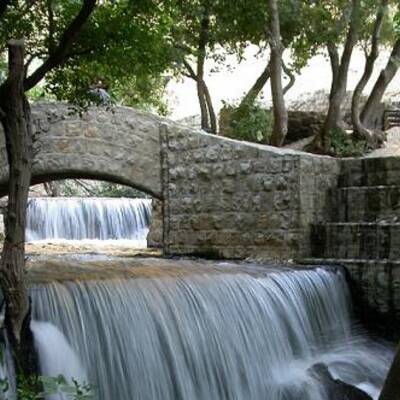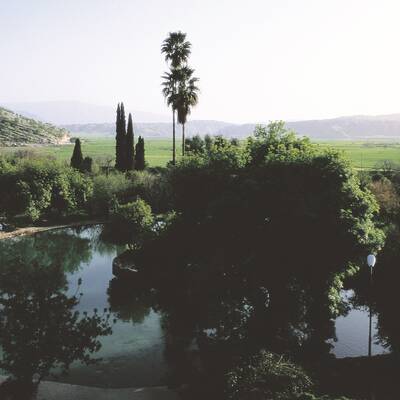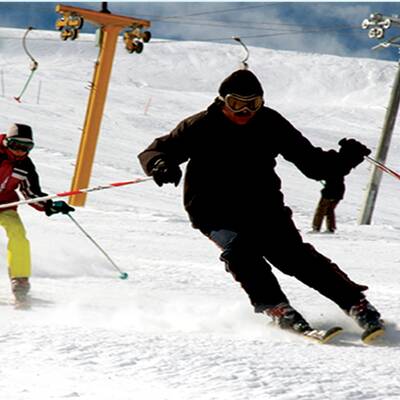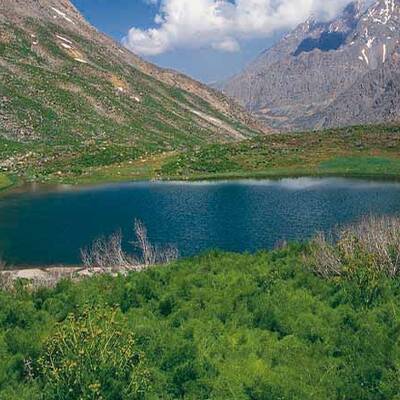
Yasuj Ethnography Museum
The Ethnography Museum of Yasuj has been established for sixteen years and, with its collection of artifacts that belong to thousand years ago, is amongst the list of the tourist attractions of Yasuj. This museum was opened in 2003 in a space about one hundred and fifty square meters and is located in the second floor of the Office of Cultural Heritage, Handicrafts and Tourism Organization of Kohgiluyeh and Boyer-Ahmad province. Ever since then, two hundred and seventy archeological pieces that belong to prehistoric, historic and Islamic era have been gathered and exhibited.
Prehistoric objects include stone tools such as blades and small knives. The rest are objects that were found during the excavations in Lema graveyard and according to basic researches, they trace back to the second half of the second and first millennium B.C. Generally, these objects can be divided into three groups of pottery, metal and stones. Metallic objects can be found in forms of chalices, bowls, vases, war equipment like daggers, swords, arrows and decorative objects like beads, earrings, rings, bracelets and things like stitching awls and needles that are used even today. Stone objects include utensils and decorative beads made of agate stone.
The historical objects are coins from Sassanid dynasty, for example, there are some coins that belong to the time of Khosro the second. Coins from Elymais and beads from Sassanid are other objects of this group that can be named. Shapur the first was one of the most powerful kings of Sassanid dynasty. After each victory and conquest of new lands, he ordered for his image and his achievements to be carved into mountains. A piece of these carvings can be seen in the Yasuj Museum which is considered one of its most valuable objects. The Islamic era collection consists of artifacts like coins from early years of Islamic era and Safavid and Qajar dynasties, kinds of metallic utensils, blue and white Chinese ceramic, and daggers and gunpowder flasks. Other valuable objects of the museum are gemstones known as “Karimeh” stones that were of decorative and religious importance for ancient people of Iran.



